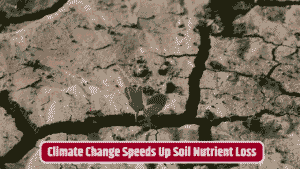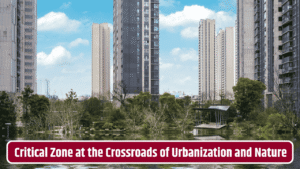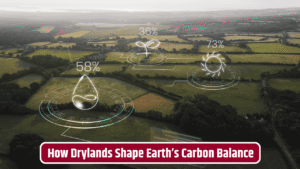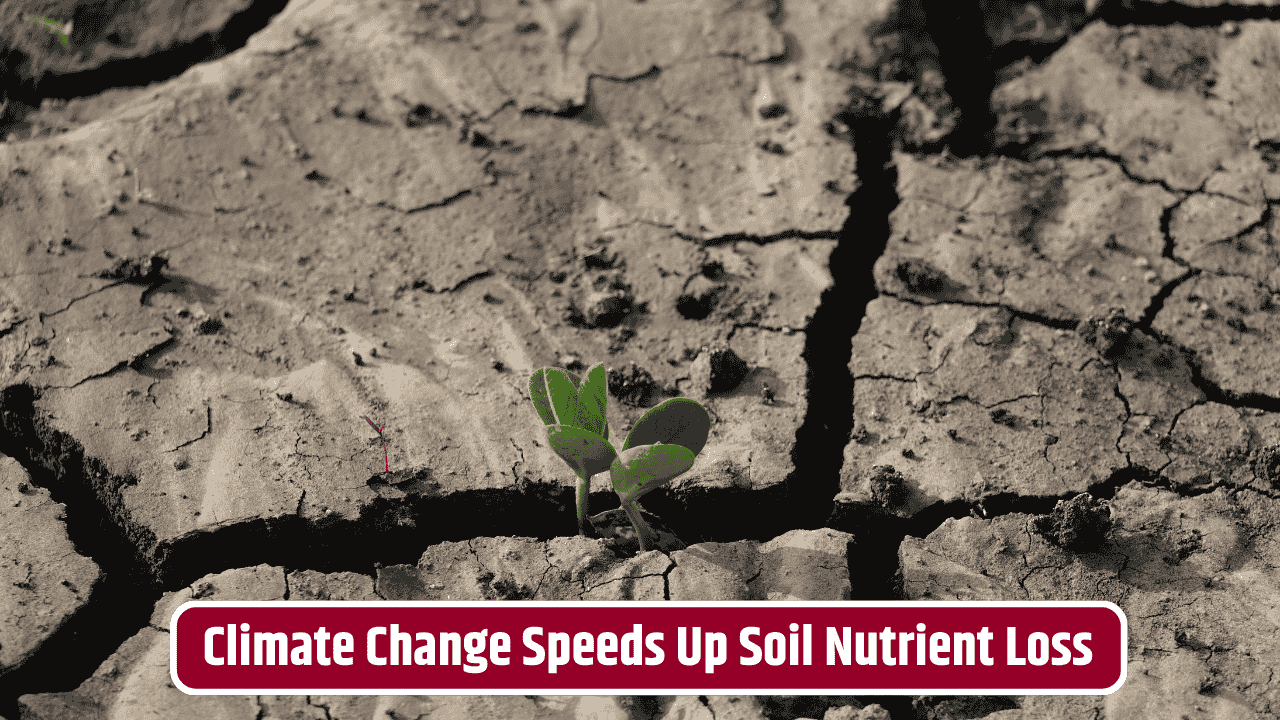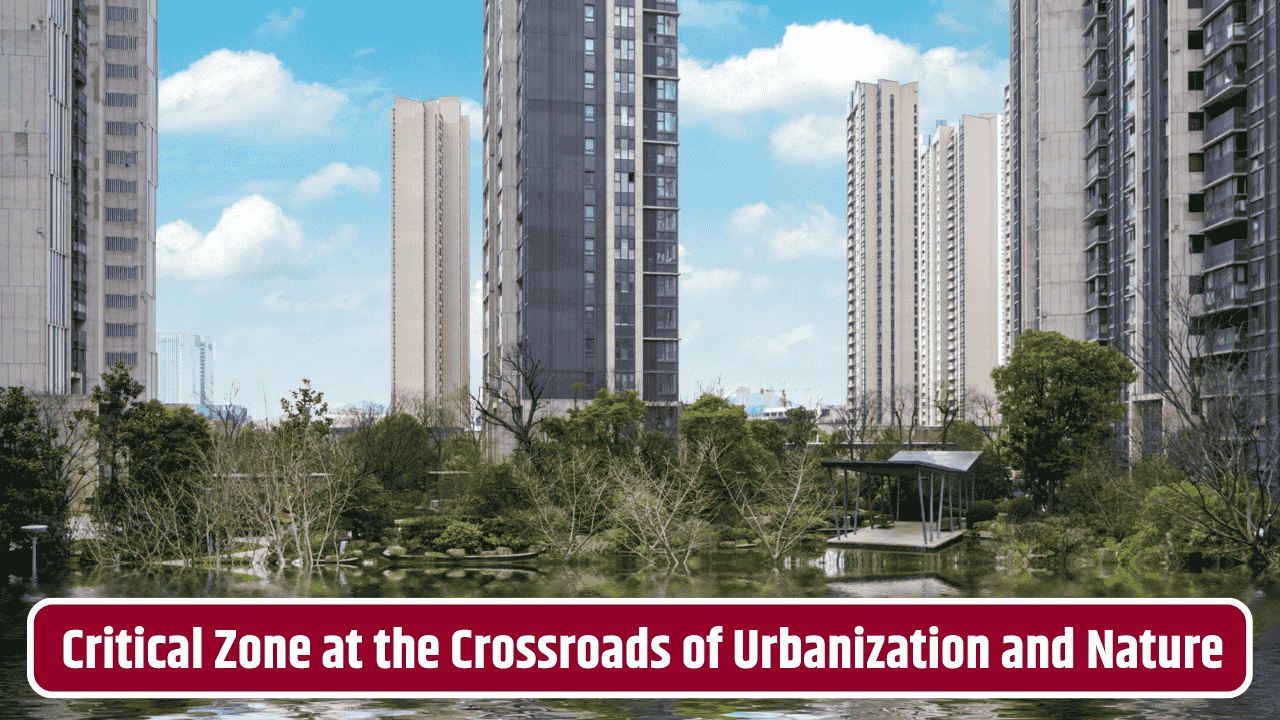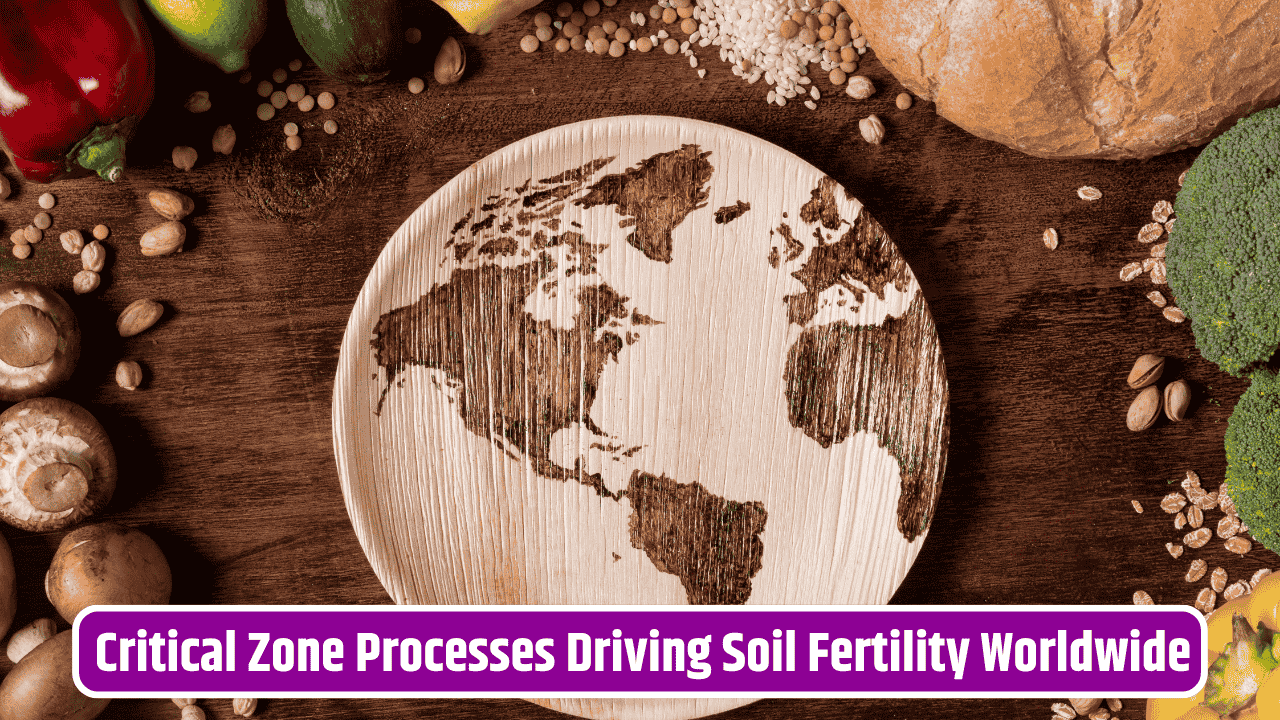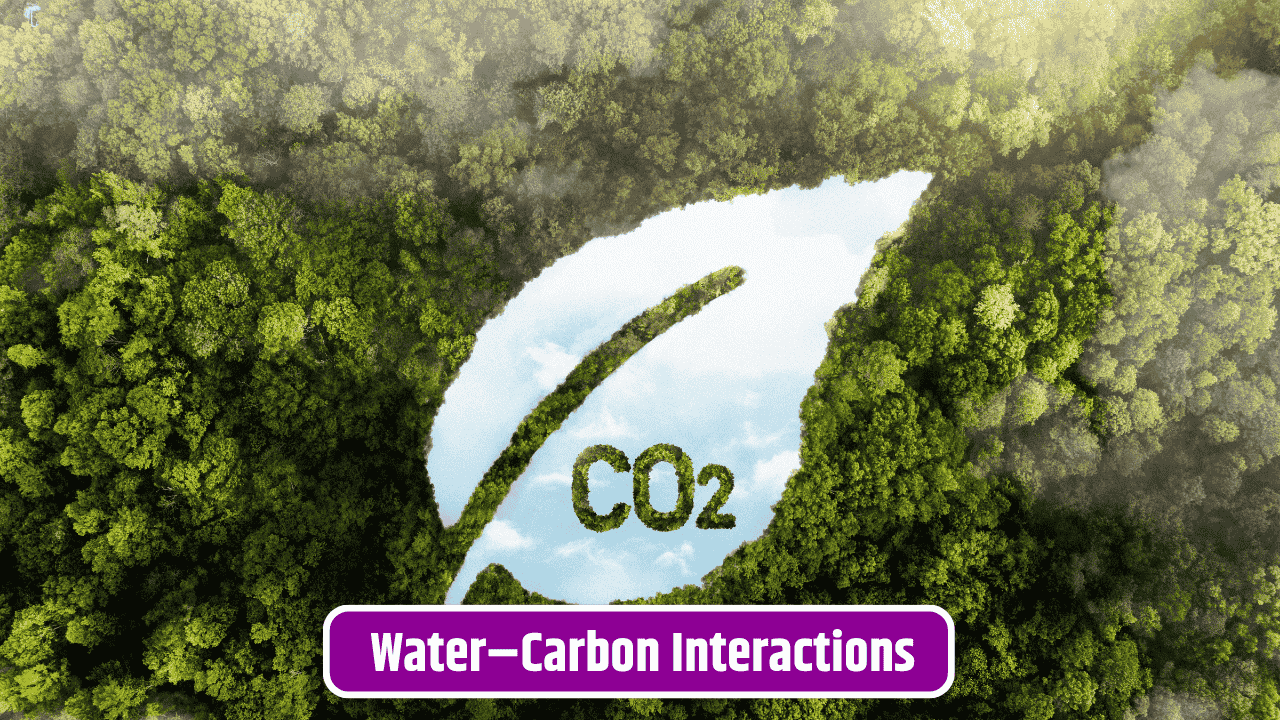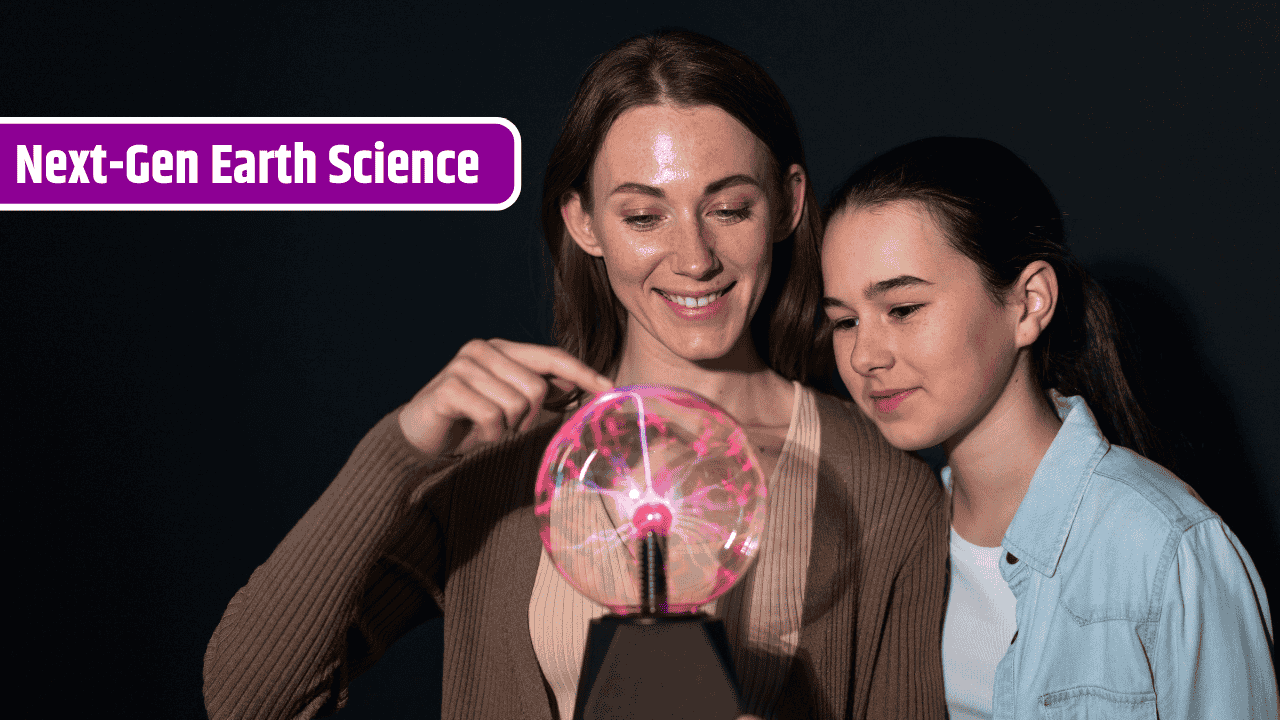It’s wild when you stop and think about it—millions of regular people around the globe are now keeping tabs on the environment in ways that were once reserved for labs and government agencies. No PhD, no million-dollar equipment, just a smartphone app, a backyard sensor, or even a notebook and a pair of binoculars. From air quality to bird migrations, “citizen scientists” are making real-time contributions that scientists and policymakers actually rely on. And honestly, this grassroots data gathering might be one of the most hopeful movements in our fight against climate change.
Table of Contents
What Exactly Is Citizen Science?
At its core, citizen science is just everyday people collecting and sharing scientific data. Think bird watchers logging sightings into eBird, families setting up low-cost air pollution monitors, or farmers tracking soil moisture on community platforms. The idea isn’t new—naturalists like Charles Darwin often relied on observations sent by ordinary folks—but technology has supercharged it. With GPS-enabled phones, cheap sensors, and open-source platforms, millions can now upload data instantly, creating a living map of environmental change.
Why Real-Time Data Matters
Environmental change doesn’t always move at a snail’s pace. A sudden wildfire, a toxic spill in a river, or an unexpected migration shift can have immediate consequences. Traditionally, researchers might release reports months or even years later. Citizen science flips that timeline. Real-time data helps scientists spot patterns, governments issue warnings, and communities mobilize faster.
Take air pollution: platforms like AirNow in the U.S. and the European Environment Agency’s tools integrate both official sensors and community-fed data to give near-instant snapshots. During wildfire season in California, citizen sensors often detect smoke plumes before official channels issue advisories.
Cool Projects Making a Difference
- eBird: Managed by the Cornell Lab of Ornithology, it’s one of the world’s largest biodiversity datasets, all powered by birders logging sightings in real time.
- Globe Observer (NASA): Lets volunteers report cloud cover, land changes, and even mosquito breeding sites through a phone app.
- Safecast: Born after the Fukushima disaster, it’s a global, open-source radiation and pollution monitoring network.
- Earth Challenge 2020: A worldwide effort connecting people to track plastics, air quality, and insect populations.
Here’s a quick snapshot:
| Project | Focus Area | How People Contribute | Impact |
|---|---|---|---|
| eBird | Bird migration & trends | Logging sightings | Tracks global biodiversity |
| AirVisual | Air quality | Low-cost sensors | Real-time pollution alerts |
| Globe Observer | Land, clouds, mosquitoes | Mobile app photos/data | Supports NASA research |
| Safecast | Radiation & pollution | Community sensors | Open global data access |
Challenges and Skepticism
Of course, it’s not all smooth sailing. Accuracy is a big concern—if someone misidentifies a bird or if a cheap air sensor isn’t calibrated, the data can be off. But with large datasets, errors often cancel out, and machine learning now helps flag anomalies. Another hurdle is inclusivity: not everyone has internet access, spare time, or tech literacy to participate. There’s also the bigger question—will policymakers always take community-collected data seriously?
Why This Matters for the Future
Here’s the thing: climate change is personal. It’s not some abstract headline; it’s the pollen count making your allergies unbearable, the lake you swam in as a kid getting choked with algae, the orange sky during wildfire season. Citizen science bridges that gap. By tracking changes where they live, people not only supply data but also become more invested in solutions. Governments from the U.S. Environmental Protection Agency to the UK Centre for Ecology & Hydrology are already partnering with volunteers, showing that these efforts are being taken seriously.
And maybe that’s the biggest win: citizen science makes people feel like they’re not just helpless spectators in a warming world. They’re contributors, watchdogs, and storytellers—keeping an eye on the changes as they happen.
FAQs
Can citizen science data be trusted?
Yes, especially when aggregated in large volumes. Errors exist, but verification systems and statistical methods help maintain quality.
Do I need expensive equipment to join?
Not at all. Many projects just require a smartphone and internet connection. Some even work offline and sync later.
How can kids get involved?
Schools often partner with citizen science platforms. Apps like iNaturalist and Globe Observer are designed with younger audiences in mind.
Does this really influence government policy?
Yes. Data from citizen networks has been used in biodiversity assessments, pollution alerts, and even climate action planning.
Is this happening only in rich countries?
No—many projects thrive in developing countries too. For example, community water monitoring programs are active in India, Kenya, and Brazil.


